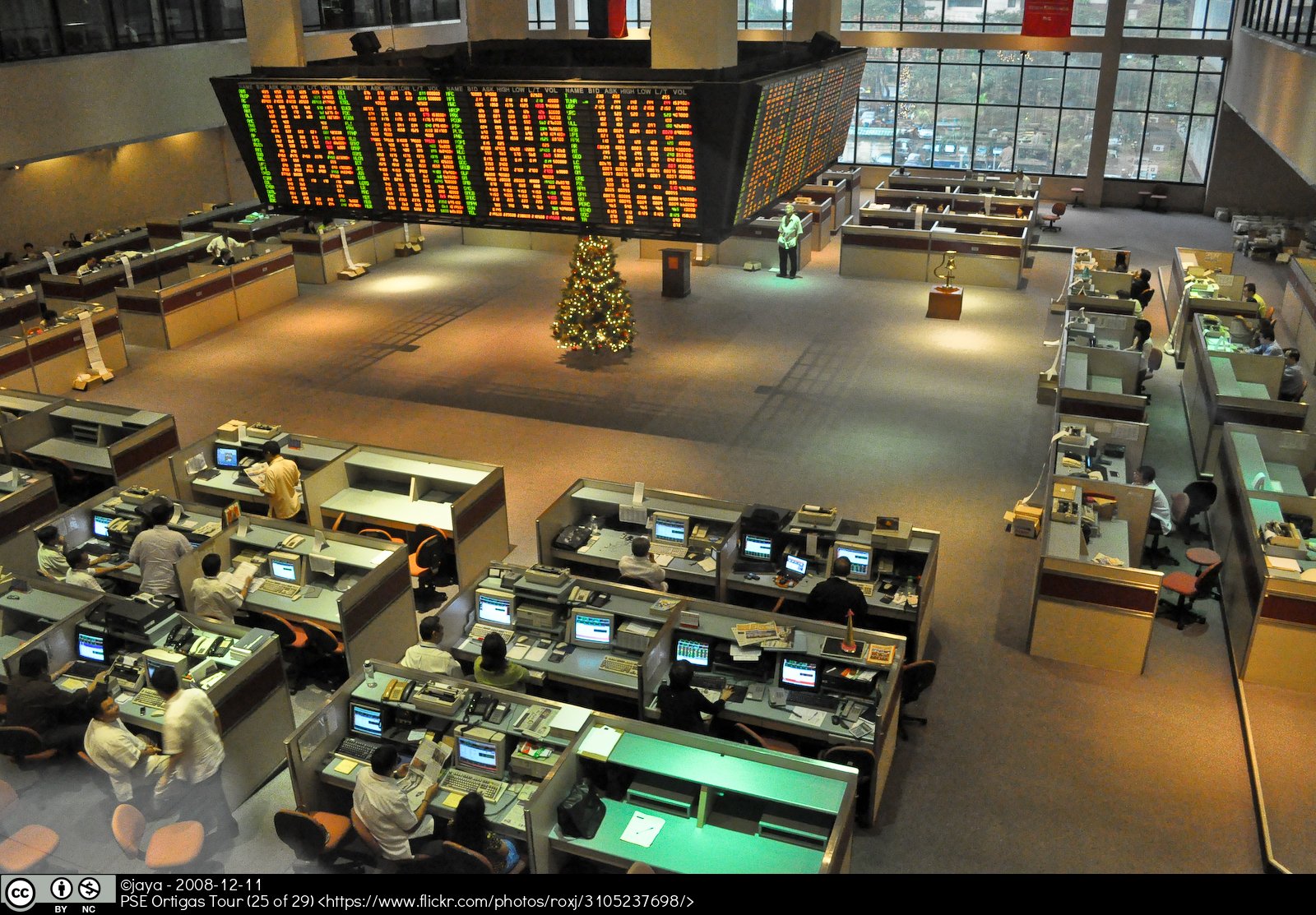Asymmetric Exchange Rate Exposure - Research in Southeast Asian Countries
DOI:
https://doi.org/10.31273/eirj.v4i2.164Keywords:
asymmetric exchange rate exposure, exchange rate risk, stock returns, stock market, Southeast AsiaAbstract
The study aims to analyse the impact of exchange rate exposure on stock returns in six countries representative of Southeast Asia, including Indonesia, Malaysia, Philippines, Singapore, Thailand and Vietnam from 2009 to 2014. Both nominal and real exchange rates are taken into account for evaluating exchange rate fluctuations via panel data. In order to achieve this goal, a panel regressive estimation approach is proposed in which a GLS model is firstly used to treat heteroscedasticity in the panel data and, then, a GMM estimator is employed to ensure the consistency of the estimates. The results point out that the exchange rate exposure of these countries is asymmetric. At market level, for a rise in the exchange rate (or local currency depreciates), the average stock returns tend to decrease. However, due to the favourable impact of currency depreciation on the net export position, the reduction speed of stock returns is faster than the rising speed of the exchange rate.
Downloads

Downloads
Published
Issue
Section
License
Authors who publish with this journal agree to the following terms:
Authors retain copyright and grant the journal right of first publication with the work simultaneously licensed under a Creative Commons Attribution License (CC-BY), which permits use and redistribution of the work provided that the original author and source are credited, a link to the license is included, and an indication of changes which were made. Third-party users may not apply legal terms or technological measures to the published article which legally restrict others from doing anything the license permits.
If accepted for publication authors’ work will be made open access and distributed under a Creative Commons Attribution (CC-BY) license unless previously agreed with Exchanges’ Editor-in-Chief prior to submission.
Authors are able to enter into separate, additional contractual arrangements for the non-exclusive distribution of the journal's published version of the work (e.g., post it to an institutional repository or publish it in a book), with an acknowledgement of its initial publication in this journal.
Authors are permitted and encouraged to post their work online (e.g., in institutional repositories or on their website) prior to and during the submission process, as it can lead to productive exchanges, as well as earlier and greater citation of published work. (see: The Effect of Open Access)
